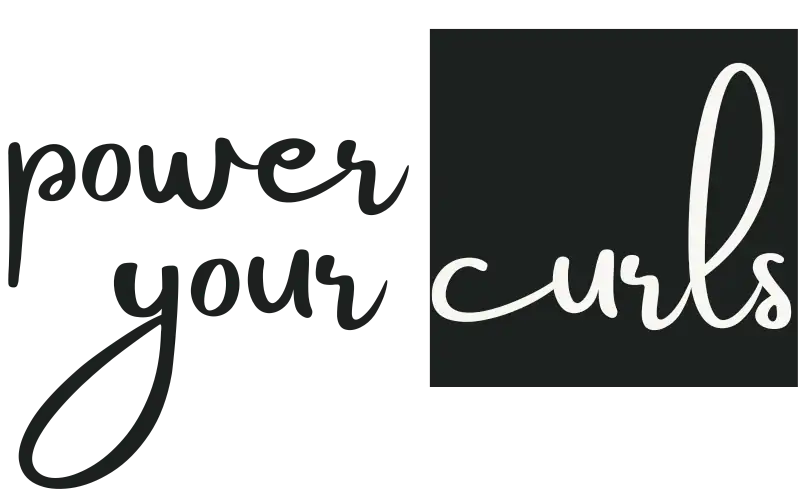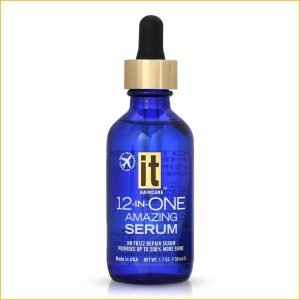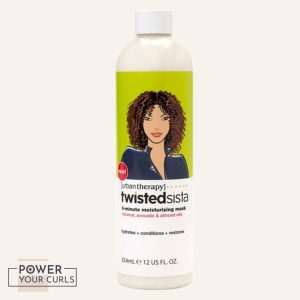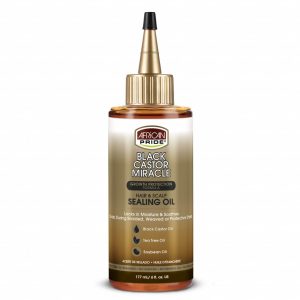Ever wonder why that haircare routine you picked up works wonders for your bestie’s curls but doesn’t seem to click with your curls?
Or why do the latest products transform others’ curls into Insta-savvy while yours remains a hot mess? The secret lies in one little thing you often gloss over: your hair porosity.
Yep, even if you find someone with a similar curl pattern to yours following their routine might not yield similar results because your hair porosity may be (in most cases it is) different, and looks-wise differing hair types based on porosity is quite difficult.
So, you should determine your hair porosity ASAP and curate a more suitable hair care routine. This guide explores every nook and cranny there is of hair porosity.
What Exactly is Hair Porosity?
Let’s start from the bottom up.
Your hair is made up of cuticles, and protective layers that surround the hair strand. When these cuticles lie flat and close together, they lock in moisture and create a waterproof barrier. But damage from chemicals, heat-styling tools, and UV rays causes the cuticles to lift and create gaps. This makes the hair shaft more porous, allowing moisture to lock inside these pores.
Much like a sponge, the degree of your hair’s ability to absorb and retain moisture is known as hair porosity and it determines how your hair responds to different hair care treatments.
Why does Hair Porosity Matter?
Just like a broken roof lets water and sunlight stream in, porous strands soak up products quickly but can’t retain the hydration.
Having a better understanding of your porosity type along with hair texture will help you pick more suitable products and adopt routines that respond well to your hair.
Types of Hair Porosity
Generally, hair porosity is categorized into three types based on the level of cuticle elevation:
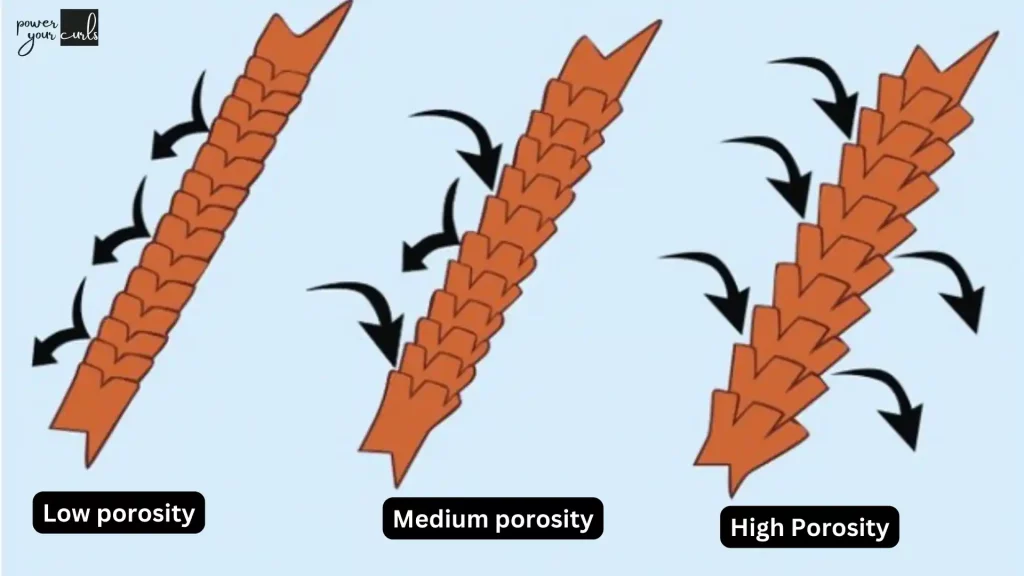
1. High Porosity
As shown in Figure 1, when the cuticles are too open and elevated your hair shaft has the highest porosity. The gaps allow moisture and products to penetrate rapidly but also leak out just as fast because of poor moisture retention.
Identifying Characteristics:
- Hair dries very fast – wet to dry in minutes
- Strands feel dry, brittle, and thirsty soon after washing
- Hair is frizzy and difficult to style
- Prone to hygral fatigue from the wetting/drying cycle
2. Medium Porosity
With cuticles that allow moderate absorption, medium porosity has the right balance between moisture absorption and retention.
Identifying Characteristics:
- Hair air dries smoothly in about 1 hour
- Strands feel softened and hydrated after washing
- Your hair styles well without frizz or dryness
3. Low Porosity
This type has tightly sealed, often overlapping cuticles that block the entry of moisture and products. Moisture or product often sticks to the surface of the shaft and makes the hair feel sticky.
Identifying Characteristics:
- Hair takes very long to fully air dry – 5+ hours
- Strands always feel dry, rough, and tangled
- Resists taking in moisture, oils, and products
- Prone to buildup that further seals cuticles
- Challenging to style even when wet
Grade Classification of Porosity
In addition to categorizing it as low, medium, or high porosity, hair can also be assigned a grade from 1-5 to indicate just how porous it is according to the porosity grading system created by the American Association of Hair Colorists:
Grade 1: This hair is highly resistant to moisture absorption thanks to very tight, intact cuticles unable to allow water in. It has the lowest porosity and is almost always associated with straight hair.
Grade 2: While moisture absorption is low, it is slightly higher than Grade 1 since the cuticles may have minor gaps from very minor damage. Mostly for people with ‘almost’ straight hair.
Grade 3: This is considered medium porosity hair with cuticles still largely intact but able to allow some water in at a moderate rate. If you have wavy hair with a slight tinge of curl you are most likely to have grade 3 porosity.
Grade 4: The cuticles have wider gaps making this highly porous hair. It quickly absorbs moisture but struggles to retain it for long.
Grade 5: This most porous grade soaks up nearly 100% of moisture but loses it just as fast. The extensive cuticle damage causes very high porosity.
How to Determine Your Hair’s Porosity at Home
Wondering which porosity category you fall into? Try these 2 simple at-home tests:
The Float/Strand Test
Grab a few shed hairs and place them in a bowl of room-temperature water. Give it a swirl and observe:
- If the strand sinks immediately, you have highly porous hair (you may notice bubbles as water seeps in through the cuticle pores).
- If the hair floats for a minute or two before sinking you’re in the medium porosity range
- If the hair shows no signs of sinking you’re on the low-hair porosity team. Hard Luck.
The Spray Bottle Test
Mist sections of dry hair with water and grab a clump of hair, if:
- hair completely moistens and dampens instantly = High porosity
- hair takes a few seconds to absorb water = Medium porosity
- water beads and rolls off instead of penetrating = Low porosity
My Hair Is Curly. What Porosity Am I and What Should I Look Out For?
This section is only for the curly hair squad. Those with naturally curly and coily hair textures should pay extra attention to porosity. Why is that? Well, your tight curls’ unique shape and structure make them extra prone to porosity issues over time.
Curly hair strands already tend to be drier because natural oils from the scalp don’t travel down as easily. The curl shape also exposes more areas of the cuticle to potential damage from grooming, friction with pillows and fabrics, UV exposure, etc.
Additionally, the twisting shape causes mechanical stress and makes curly hair more elastic and fragile. Over time, this causes cuticle damage. Environmental factors just worsen the effects, leading to a gradual increase in porosity.
Hence, people with curly and coily hair are very likely to eventually develop higher porosity hair than their straight counterparts.
If you belong to the curly squad you can ignore the hair care tips for low-porosity hair types entirely and only focus on our high and medium-porosity hair care guides.
All said and done, now let’s get to the meat of this article – how to customize your routine based on your porosity.
Hair Care Routines Based on Porosity Levels
High porosity hair
The core principle of caring for high-porosity hair is to force your hair to retain the moisture it traps between the cuticles. So, avoid or reduce the usage of products that wash away moisture and adopt moisture-sealing products instead (preferably natural oils) that stick to your hair and hold the moisture.
- Shampoo less often, preferably once a week, using gentle shampoos free of sulfates and fancy salts that do not strip every last bit of moisture. Do not leave the shampoo for more than a minute and above all, do not massage your scalp roughly.
- Deep condition after every wash to make up for the lost moisture.
- Adopt co-wash routines in between poo days to keep your hair moist and healthy.
- Avoid hot tools and heat styling that lift cuticles further, worsening the porosity.
- Be sure to seal in moisture with dense protective oils and butter after washing. You can use gels and wax holds but keeping it natural is better for your hair health.
- Shield hair from chlorine, sun, and polluted environments.
- Use hair caps while at the beach to avoid dehydrating salt crystals from settling in your hair.
Recommended Products
Moisturizing shampoos like Shea Moisture Strengthen and Restore formula help cleanse your hair without drying it out too much.
Reconstructing hair masks like Cantu Avocado Hydrating Moisture Masque will supply the much needed for your hair to soak up.
Light leave-in conditioners such as As I Am Olive & Tea Tree Oil Leave-In Conditioner or L’Oreal Paris Elseve Color Vive 8 Second Wonder Water Lamellar Conditioner can boost hydration without weighing down your hair with hygral fatigue.
For styling your high porosity hair African Pride Shea Miracle Curl Styling Custard is the perfect fit. In addition, a castor-based sealing oil like African Pride Black Castor Miracle Growth Protection Hair & Scalp Sealing Oil can seal the deal.
Hot oil treatments with avocado, almond, or grapeseed oil can also benefit high-porosity hair.
Medium Porosity Hair
While there is a great balance between moisture trapping and retention, medium porosity hair needs a more balanced approach since there are chances of product build-up.
As for finding the right balance, you will have to find the sweet spot yourself by tweaking the following care routine.
- Wash 1-2 times weekly with gentle shampoos that won’t damage hair. Use a clarifying shampoo weekly to remove any product buildup.
- Avoid overprocessing hair with too many chemical or heat treatments.
- Replace heavy products with lightweight leave-ins or oils (like argan) that won’t overdo moisture retention and cause hygral fatigue.
Recommended Products
Try balancing shampoos like Ouai Fine for medium hair that cleanses without stripping.
It’s A 10 Miracle Leave-In that makes an ideal daily conditioner.
Air-drying creams like Curls Blueberry Bliss Twist & Shout Cream encourage curls without greasiness.
Low Porosity Hair
Caring for your low-porosity hair is quite tricky. You need to make sure the moisture is not merely sitting on the surface of your hair shafts (which can lead to bad cases of build-ups) and is being absorbed by the cuticles. To do that, you need to apply products that force the cuticles to open up before proceeding further.
- Adopt pre-poo treatments (warm water rinse or steam treatment) to help swell cuticles before shampooing for better product absorption. You can use heat stylers now and then but don’t include it in your daily routine.
- Use a weekly clarifying shampoo to prevent buildup which can block hydration further.
- Deep conditioning under steam or heat allows more moisture intake. It’s better if you wear a warm cap after conditioning to accelerate absorption.
- Avoid thick oils and butter that merely coat low-porosity strands instead of nourishing them.
- Always style soaking wet hair to allow maximum water saturation.
Myth Buster: Contrary to some popular belief, low porosity hair like all other hair responds positively to protein treatments. Protein overload can cause buildup and worsen dryness, true, but careful application of protein treatments in combination with moisture absorption treatments can help strengthen low-porosity hair and prevent breakage.
Recommended Products
Pre-shampoo hot light oil treatments improve penetration for low-porosity hair. pH-balancing shampoos like Redken Cleansing Cream remove buildup.
Intensely hydrating conditioners like Shea Moisture Manuka Honey & Yogurt will supply your dehydrated hair shafts the much-needed moisture.
Water-based stylers like Cantu Avocado Hydrating Gel can hold the texture and definition without grease. Lighter oils like grapeseed or argan can seal existing hydration.
Knowing Your Hair’s Porosity Will Help You Give It the Niche Care It Needs
Whew, who knew porosity involved so much complexity? But understanding this simple characteristic is key to cracked, damaged strands or gorgeous, healthy hair. Once you unlock your hair’s tendencies, you can select products tailored to its needs instead of following the latest fads. A customized routine will transform even the most despairing manes!
So embrace your porosity, flaws, and all. Find what your hair craves and shower it with love. That’s the real secret to swishing shiny, bouncy locks that turn heads. Go ahead, take the power back!
